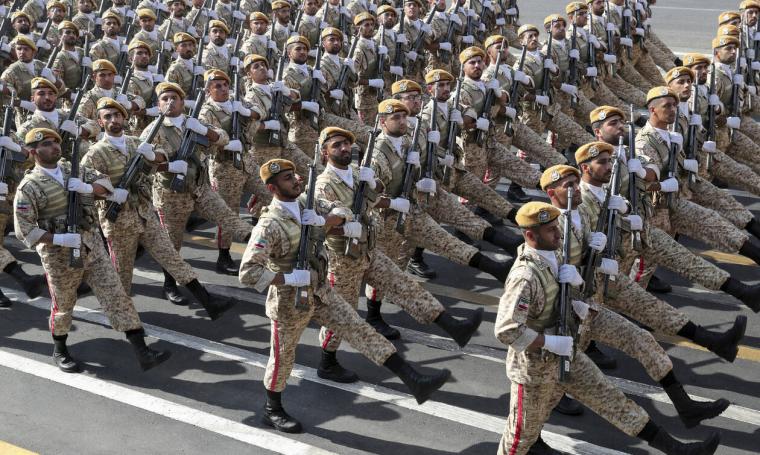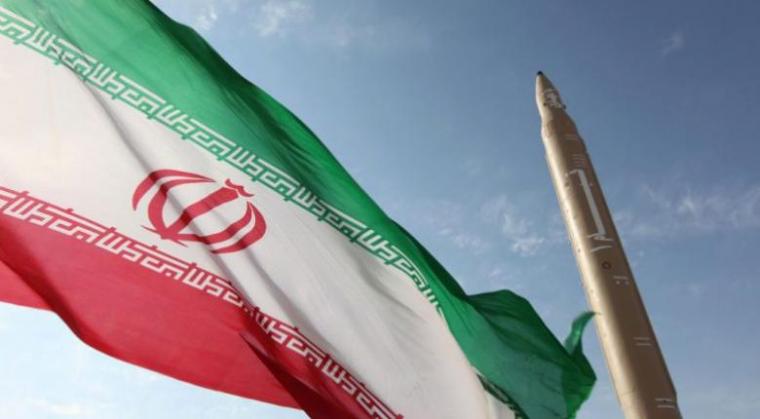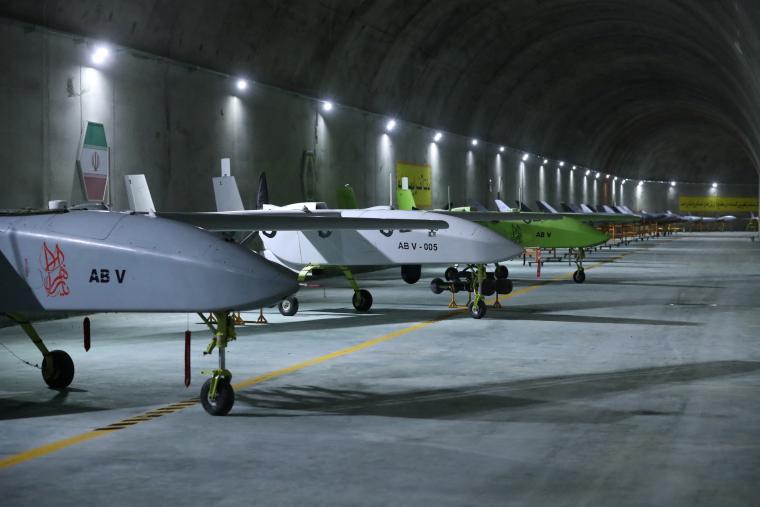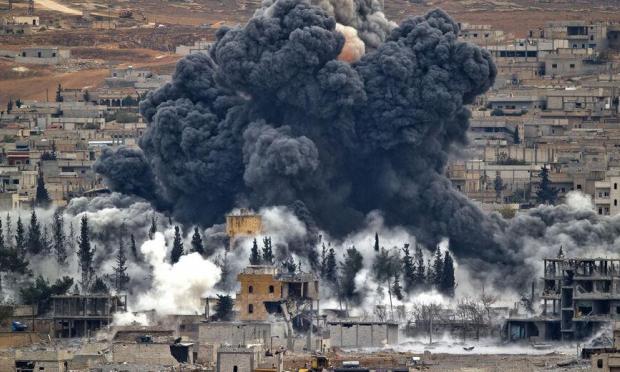The U.S. military has launched airstrikes in Syria, targeting members of armed groups close to Iran that Washington has blamed for a UAV attack that killed a U.S. contractor and wounded another contractor and five U.S. service members, according to with a press release released by the Pentagon.
US Defense Secretary Lloyd Austin said the US intelligence community had determined the drone was of Iranian origin, but offered no other direct evidence to support the claim. The drone struck a coalition base in the northeastern Syrian city of Hasakah.
Iran relies on a network of proxy powers through the Middle East to counter the US and Israel, its primary regional enemy.
As a reminder, the US has had forces in northeastern Syria since 2015, when it was deployed as part of the fight against Islamic State, and maintains about 900 troops there, working with Kurdish-led forces that control about a third of Syria.

US airstrikes hit targets in three cities in eastern Syria. Overnight, there were explosions in Deir el-Zour, a strategic province that borders Iraq and contains oil fields. Iranian-backed militia groups and Syrian forces control the region, which has also seen suspected Israeli airstrikes in recent months, reportedly targeting Iranian supply routes.
The Syrian Observatory for Human Rights, which monitors the opposition war, reported the death toll of US strikes on 11 Iranian-backed fighters, including six at a weapons depot in the Harabesh district of Deir al-Zour city and five others at military positions near the towns of Mayadeen and Boukamal.
A foreign media outlet said three rockets were fired earlier at the al-Omar oil field in Deir el-Zour, where US troops are stationed, in an apparent retaliation barrage to the US strikes.
Iran's paramilitary Revolutionary Guard, which "answers" only to Supreme Leader Ayatollah Ali Khamenei, is widely suspected of carrying out bomb-carrying drone attacks in the wider Middle East.
While not the first time the US and Iran have traded blows in Syria, the attack and the US response threaten to derail recent efforts to de-escalate tensions in the wider Middle East, which rival powers have taken steps towards recession in recent days after years of turmoil.

US Defense Secretary Lloyd Austin said the US intelligence community had determined the drone was of Iranian origin, but offered no other direct evidence to support the claim. The drone struck a coalition base in the northeastern Syrian city of Hasakah. The injured include five US servicemen and one US contractor.
The exchange of military blows came as Saudi Arabia and Iran work to reopen embassies in each other's countries. The kingdom also acknowledged efforts to reopen a Saudi embassy in Syria, whose embattled president Bashar Assad has been backed by Iran in his country's long war.
US Army General Michael "Erik" Kurilla, the head of the US military's Central Command, warned that his forces could carry out additional strikes if necessary. "We are ready for scalable options in the face of any additional Iranian attacks," he said.
However, diplomacy to de-escalate the exchange appeared to begin immediately. Qatar's foreign minister spoke by phone with US National Security Adviser Jake Sullivan as well as Iranian Foreign Minister Hossein Amirabdollahian. Doha has been a talking point between Iran and the US recently amid tensions over Tehran's nuclear program.

It is recalled that, since the US drone strike that killed Revolutionary Guards General Qassem Soleimani in 2020, Iran has sought to "make life difficult" for US forces stationed east of the Euphrates.
In conclusion, the Syrian war began with the Arab Spring protests of 2011 that shook the wider Middle East and overthrew governments in Egypt, Libya, Tunisia and Yemen.
It later turned into a regional proxy conflict, leading Russia and Iran to back Assad. The United Nations estimates that over 300,000 civilians have been killed in the war. These figures do not include soldiers and rebels killed in the conflict. Their number is believed to be in the tens of thousands.



